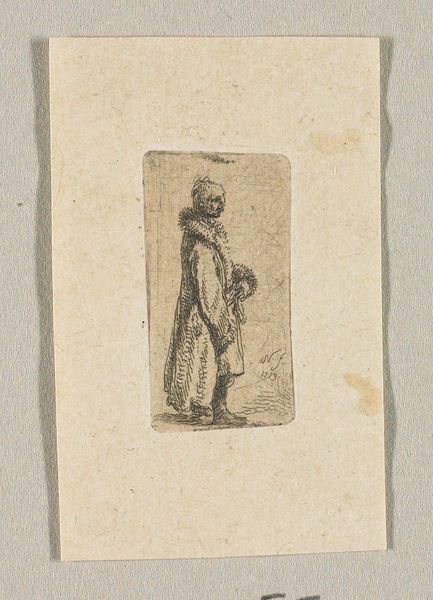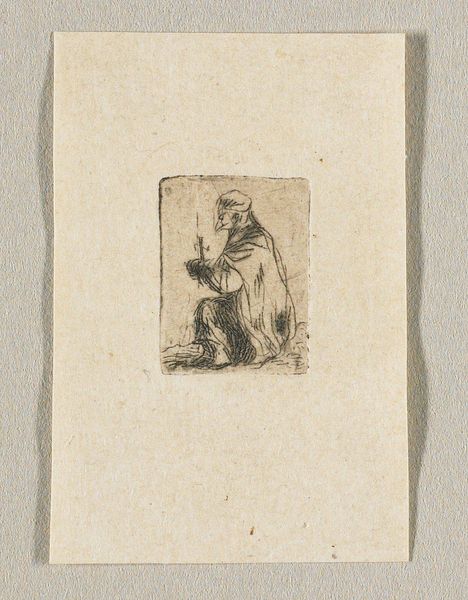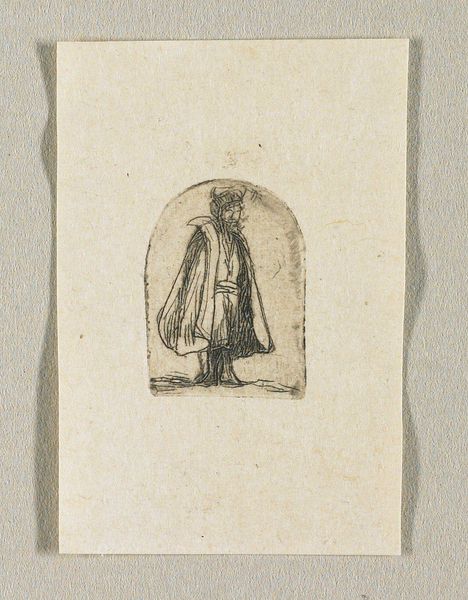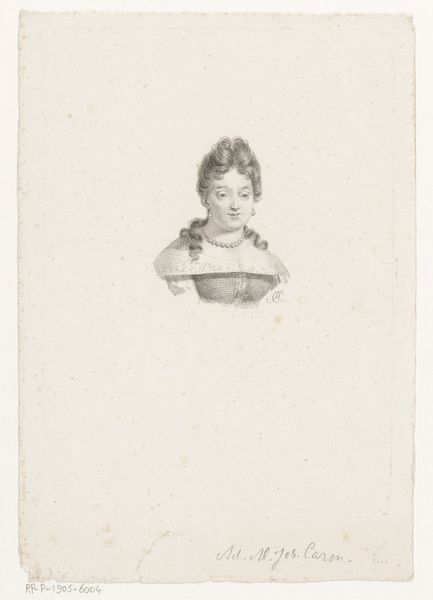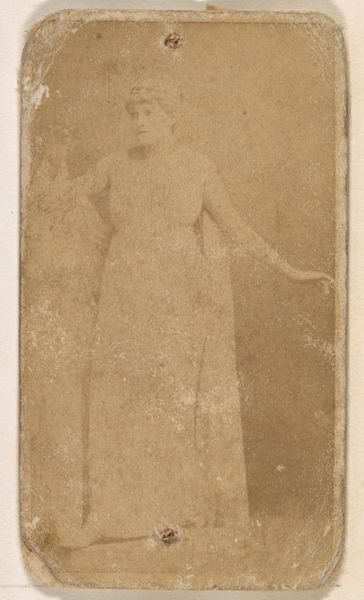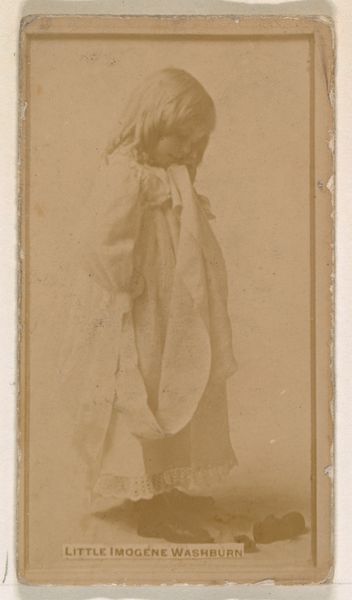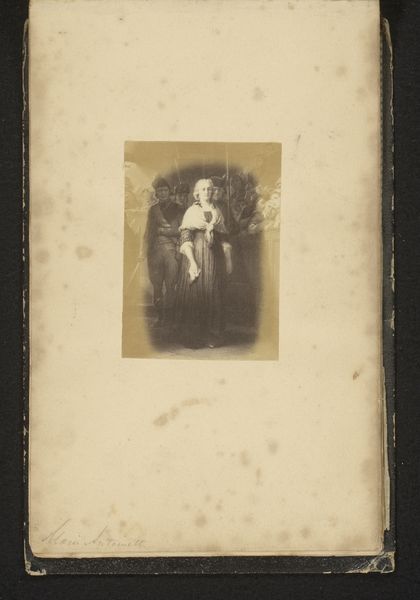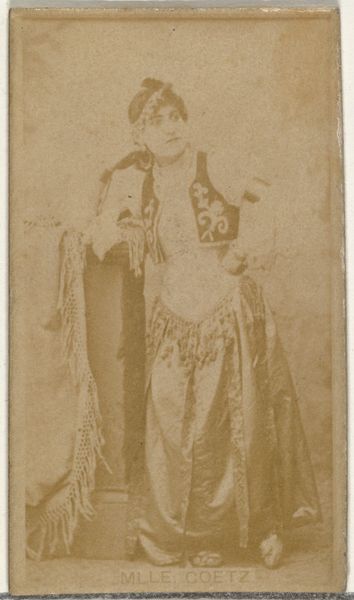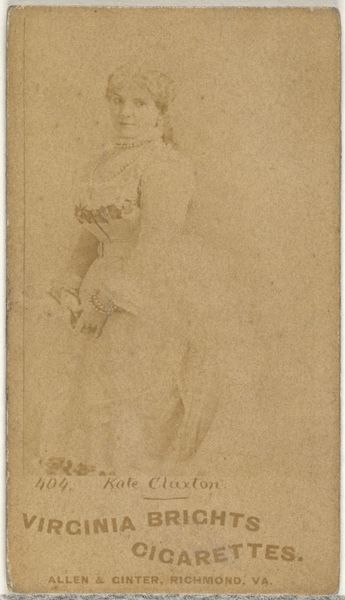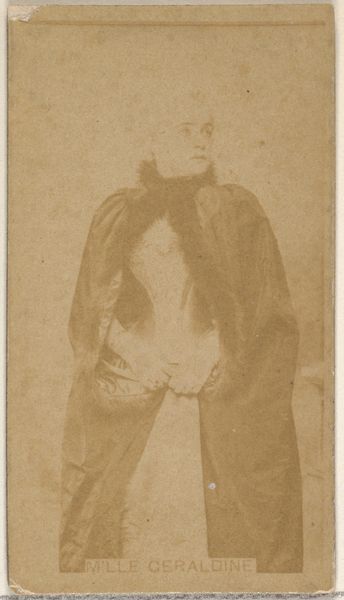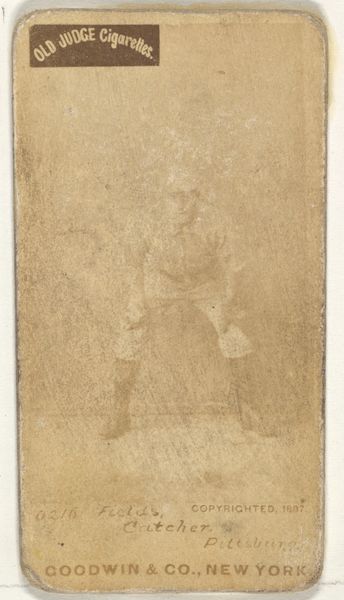
Standing Man with a White Jacket 1779
0:00
0:00
Dimensions: 1 x 5/8 in. (2.6 x 1.6 cm) (image)1 15/16 x 1 7/16 in. (5 x 3.6 cm) (sheet)
Copyright: Public Domain
Curator: Let’s talk about "Standing Man with a White Jacket," an etching by Jean-Pierre Norblin de la Gourdaine, created around 1779. You can currently find it here at the Minneapolis Institute of Art. Editor: The immediate feeling is one of quiet contemplation. The figure seems self-contained, almost adrift within the etched space. He stands patiently, head titled slightly up, though he's still dwarfed by negative space. Curator: Indeed. Norblin was working in a period when the social status of artists was rapidly changing. Etchings like these, affordable and reproducible, broadened the audience for art and served a public hungry for images, for portraits and genre scenes. This work almost feels like a study. Editor: I find the attire striking, almost costume-like with that intriguing hat and loose fitting garment. The jacket seems to suggest a certain status, but his pose also hints at introspection. Do we know anything about this person and what this ‘white jacket’ symbolizes? Curator: What’s fascinating about Norblin, is that he primarily depicts ordinary people going about their ordinary lives. He’s an observer of society. And so that hat could signal the fashion or uniform associated with particular political leanings or roles during that period in France. What's especially noteworthy, he made these prints to be bought as individual images or sometimes purchased as part of larger bound sets. Editor: You are right, there is something about the casualness, in what appears as unidealized figure set against the grid like hatch marks suggesting floor tiles, all makes this easily more identifiable. What psychological purpose does such a plain image perform, outside of simply illustrating an every-day citizen of the era? Curator: Well, think about it – these images served as a means for people to engage with visual representation and to consume art at home, outside formal museum settings. To possess them and consider what class he belonged to. Did they hold such hats? I find that deeply relevant to his narrative themes and artistic merit. It marks the moment art was consumed through reproduced etchings. Editor: A key moment indeed, from symbolic representation towards accessible document. Thinking about it that way has shifted how I feel about this; the subtle tilt of his head now feels more burdened with its cultural context, not so free and peaceful. Thank you. Curator: My pleasure. It’s a fine demonstration of how the right medium can shift the social context of an image.
Comments
minneapolisinstituteofart about 2 years ago
⋮
Jean-Pierre Norblin de la Gourdaine was a French painter and printmaker active in Poland in the late 18th century. Norblin's charming miniature etchings, representing mostly male heads, street sellers, and vagabonds, reflect both in subject and technique the profound influence of Rembrandt's prints. Norblin was also drawn to Polish subjects, capturing the unfamiliar, exotic world around him in his depictions of men with colossal fur hats and curled moustaches, Cossacks, and Polish historical figures.
Join the conversation
Join millions of artists and users on Artera today and experience the ultimate creative platform.

